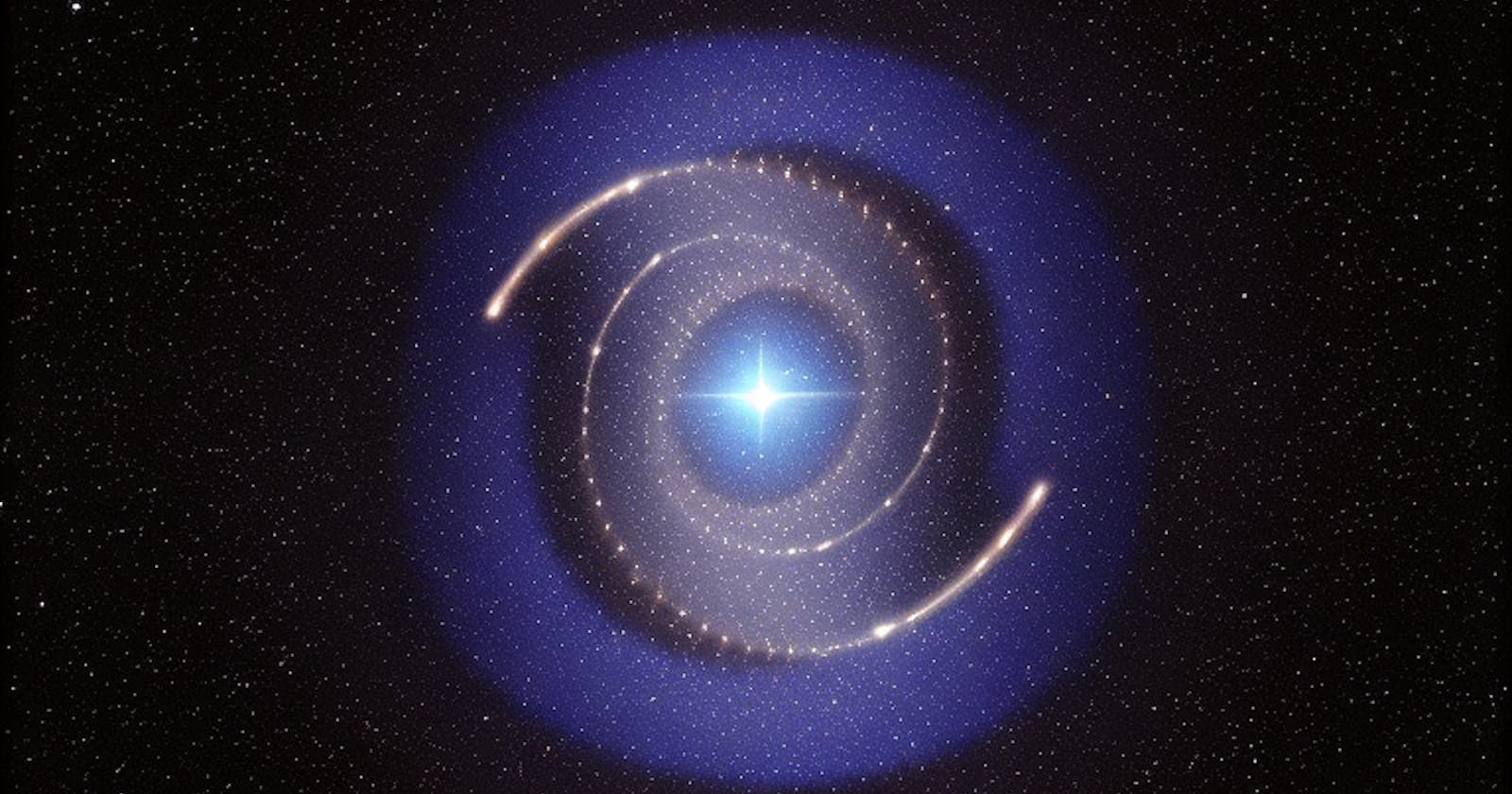Table of contents
No headings in the article.
Imagine a cosmic connection between two seemingly unrelated phenomena: wormholes and quantum entanglement. The ER=EPR equivalence, a fascinating idea in the world of physics, proposes just that. Wormholes, or Einstein-Rosen bridges, are theoretical shortcuts linking two distant points in spacetime. Meanwhile, quantum entanglement is a mysterious process where particles become so intertwined that the state of one cannot be described without considering its entangled partners.
The ER=EPR conjecture suggests that these entangled particle systems might be secretly connected by invisible wormholes at a deeper level of reality. This idea is backed by the concept of duality in mathematics, which allows for translation between seemingly unrelated systems. One example of this is the AdS/CFT correspondence, a duality in string theory that has been used to show a connection between a specific type of black hole and a pair of entangled conformal field theories.
If the ER=EPR conjecture holds true, it could enable entanglement between two black holes connected through a wormhole. To explore this possibility, scientists have designed a quantum experiment to study the dynamics of theoretical wormholes and their relationship with quantum physics. This experiment investigates the equivalence of wormholes with quantum teleportation, a concept first proposed by Juan Maldacena and Leonard Susskind in 2013.
In a groundbreaking study led by a Caltech team, researchers used Google’s Sycamore quantum processor to perform the first experiments probing this idea. They observed wormhole behavior consistent with both gravity and quantum physics perspectives. The team plans to continue performing experiments on existing quantum computing platforms to further explore the relationship between quantum entanglement, spacetime, and quantum gravity.
Recent findings suggest that if the ER=EPR conjecture is valid, it can be extended to other types of spacetimes. This implies that gravity and spacetime could be emergent physical quantities if the exchange of a virtual graviton between events can be considered connected by ER wormholes equivalent to entanglement connections.
In a recent experiment, physicists created the first-ever wormhole, emerging from quantum bits of information (qubits) stored in tiny superconducting circuits. The team, led by Maria Spiropulu of the California Institute of Technology, used Google’s quantum computer, Sycamore, to implement the novel “wormhole teleportation protocol.” This experiment can be seen as evidence for the holographic principle, a hypothesis about how quantum mechanics and general relativity fit together, suggesting that spacetime and gravity emerge from quantum effects.
While the wormhole created in the experiment is not part of the same reality we inhabit, the results have sparked differing opinions on the fundamental implications. Nonetheless, the study confirms that quantum effects can give rise to phenomena expected in relativity, such as wormholes, opening up new avenues for understanding the universe.

